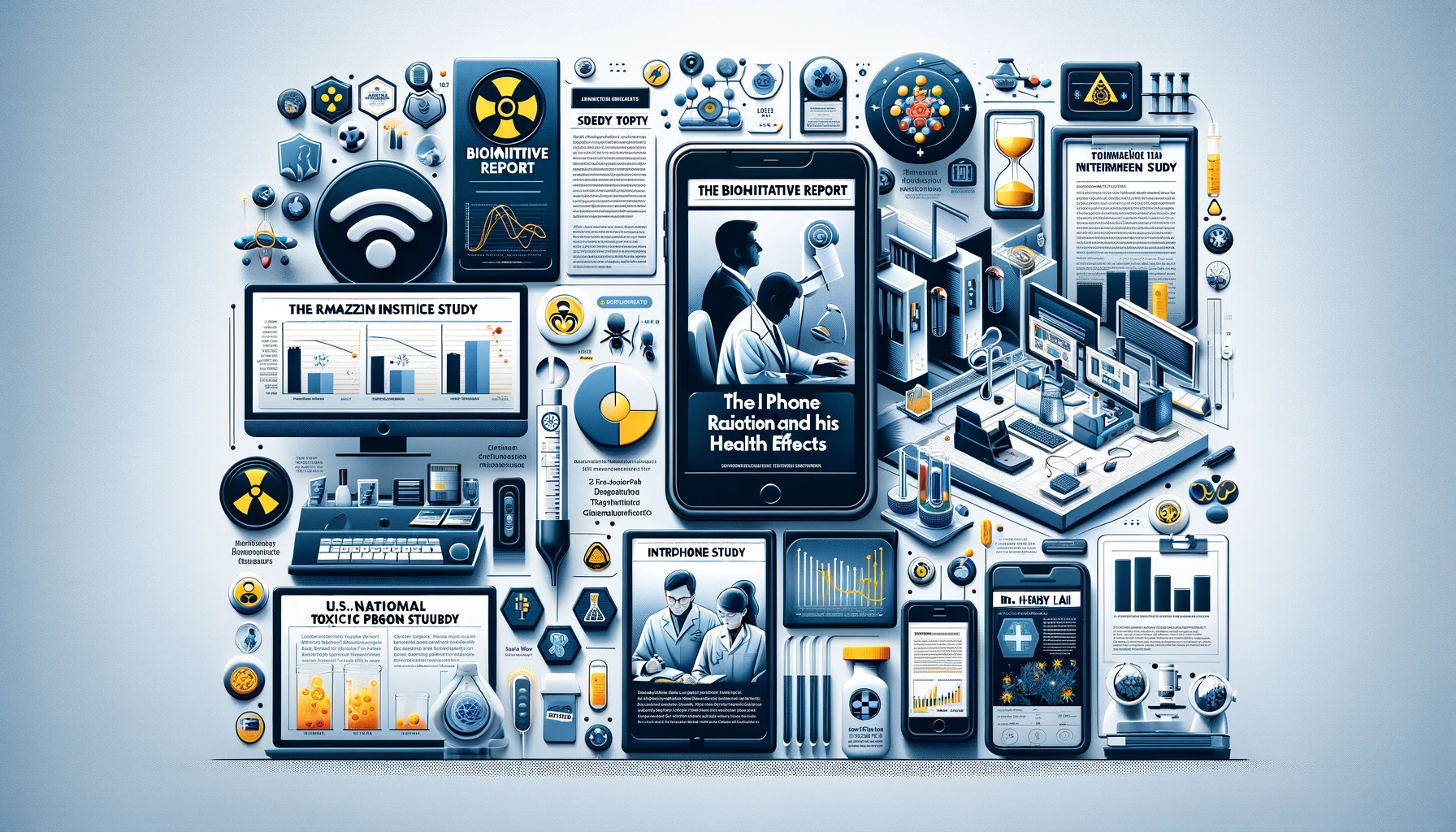Click here to go back to why Elon Musk and the New York Times got it wrong on cell phone radiation.
Introduction: The debate over the health impacts of cell phone radiation has been bolstered by various significant studies, each adding a piece to the puzzle. Among these, the Ramazzini Institute Study stands out for its comprehensive approach and its support of the findings from other key studies, including those by the U.S. National Toxicology Program (NTP) and others. This study, conducted by the esteemed Ramazzini Institute in Italy, delves deep into the potential risks associated with exposure to radiofrequency electromagnetic fields (RF-EMF) emitted by cell phones, providing vital insights that echo and reinforce the conclusions of its international counterparts.
Study Overview: The Ramazzini Institute conducted an extensive research project to assess the potential carcinogenic effects of RF-EMF. Their methodology mirrored real-life exposure scenarios more closely than previous studies, with lower but more consistent levels of RF-EMF over extended periods. This approach allowed for a more accurate simulation of everyday human exposure to cell phone radiation. The study involved large groups of rats exposed to RF-EMF from prenatal life until natural death, providing a comprehensive lifespan perspective.
Key Findings: The Ramazzini Institute Study’s findings were strikingly similar to those of the NTP study. It found an increase in Schwann cell tumors (schwannomas) in the hearts of rats, aligning with the NTP’s findings of heart schwannomas in male rats. Additionally, it observed an increase in brain tumors, specifically gliomas, which supported the NTP’s findings of some evidence of brain tumors in rats. These parallel results between two independent studies conducted in different parts of the world significantly strengthen the evidence of potential health risks associated with RF-EMF exposure.
Implications: The concurrence between the Ramazzini Institute and NTP studies, along with other research in the field, underscores a growing concern in the scientific community about the safety of long-term cell phone use. The consistent findings across these studies suggest a potential link between cell phone radiation and certain types of tumors, warranting further investigation and potentially leading to a reevaluation of current safety standards and regulations. The implications of this research extend to public health policies, raising the need for increased awareness and precautionary measures among cell phone users.
Conclusion: The Ramazzini Institute Study contributes significantly to the growing body of evidence suggesting a potential health risk from cell phone radiation. When viewed alongside similar findings from the NTP and other notable studies, it paints a compelling picture that warrants serious attention from researchers, health authorities, and the public. As we continue to embrace mobile technology in our daily lives, these studies collectively highlight the importance of ongoing research and informed usage of these devices.
Disclaimer: This blog post discusses the Ramazzini Institute Study in the context of broader research on cell phone radiation, including studies by the NTP, RI, and findings from the FCC lawsuit. It’s crucial to consider these studies collectively, as each contributes to a more comprehensive understanding of the potential risks. Ongoing research is essential to fully understand the health impacts of cell phone radiation, and readers are encouraged to stay informed and exercise caution based on the latest scientific findings.








